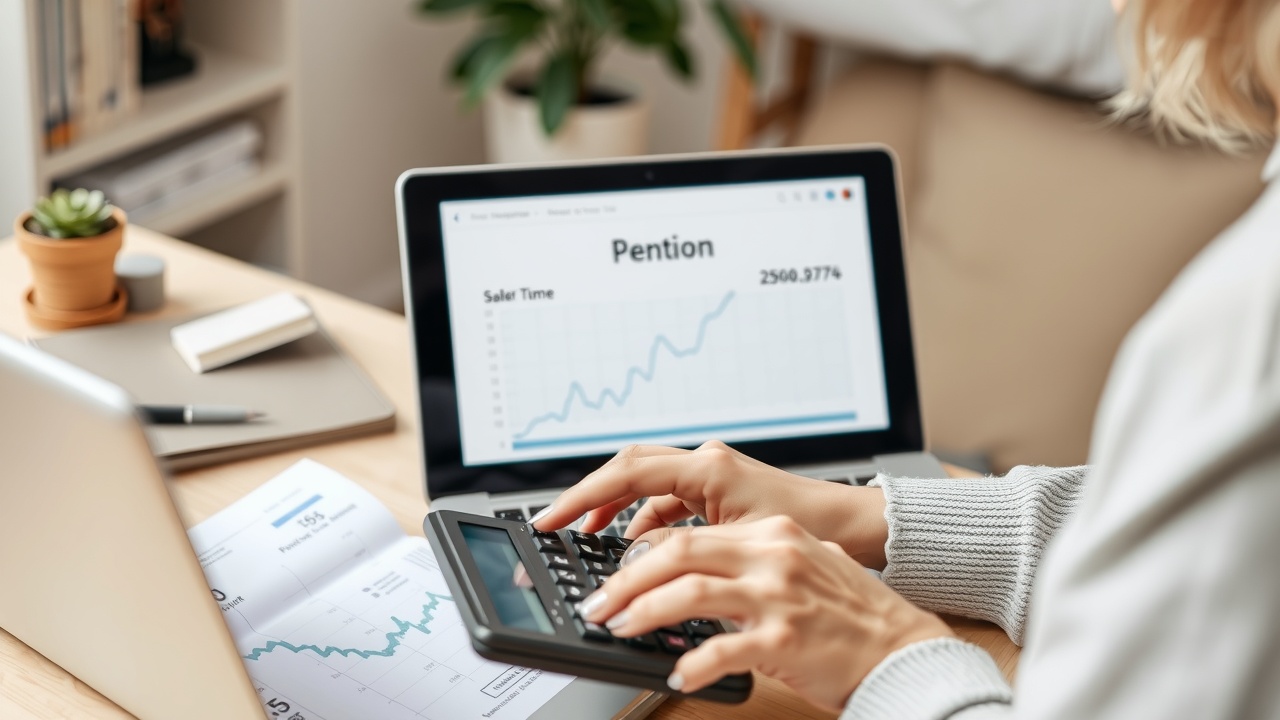
We outline the pension benefits you should be aware of if you're saving for retirement
Because the tax laws pertaining to retirement savings are intricate and have undergone numerous changes as governments have altered them over time, navigating the pension industry isn't always simple.
Your options when you reach retirement and want to access the money you've worked so hard to save will be influenced by a number of allowances.
The government provides a number of incentives to savers in order to motivate them to make future plans. The primary benefit is pension tax relief, which essentially reimburses you for the income tax you paid on the funds at the time of their original acquisition.
However, there are restrictions on this benefit; it is not limitless. This also applies to the generous benefit of being able to take out 25% of your pension savings tax-free when you turn 55 (or 57 in 2028). Your total amount of tax-free cash withdrawal is limited.
In order to ensure that you make the crucial retirement planning decisions, we have put together a guide to the allowances related to pensions.
What exactly are pension allowances?
A lengthy list of allowances relates to how pensions are treated tax-wise. Some have to do with when you can retire and the taxes that must be paid at that time, while others have to do with how much you can contribute to your pension each year.
In order to maximize the numerous beneficial tax benefits available, it is important to comprehend these allowances.
Recall that you receive tax relief on contributions made at your marginal rate and can withdraw up to 25% of your pension fund tax-free upon retirement.
Understanding the restrictions on pension savings, as well as the tax laws specifically for higher earners, if you fall into this category, is also very important.
What is the yearly pension allowance?
Each year, there is a cap on the amount you can save for a pension and receive tax relief on. Up to the current annual pension allowance of £60,000, the maximum amount that most people can contribute to their pension in a single tax year is equal to their income.
For people 55 years of age or older who have already received a flexible lump sum payment or income from a pension plan or scheme, there is an additional yearly allowance. The MPAA (Money Purchase Annual Allowance) is applicable in this situation and caps defined contribution pension contributions at £10,000 annually.
What is included in the annual pension allowance?
Not only your individual pension contributions are taken into account when calculating the annual allowance.
In addition to any basic-rate tax relief (20 percent) that the government may have added, the 60,000 represents the sum of all pension contributions made by you and your employer.
What occurs if your annual pension allowance is exceeded?
The excess amount can be left in your pension, but you won't receive tax relief for it, and you'll probably have to pay income tax on it, which is known as an annual allowance tax charge.
It essentially eliminates any tax breaks for pension contributions made in excess of the allotment during that specific tax year.
You might consider using up any unused allowance from prior years if you're getting close to the threshold year.
You must submit a self-assessment tax return to HMRC if you do exceed the annual allowance in a given year. This will also determine the amount you must pay.
Can I use my annual pension allowance from prior years?
One special feature of pensions is that, if you haven't used up all of your annual allowance, you can use up allowances from prior tax years.
Unused tax benefits from the preceding three tax years are transferable. During the current tax year 2025 - 2026, this rule may permit you to make contributions of up to £220,000, including tax relief.
The reason for this is that the annual allowance was 40,000 in the previous tax year and 60,000 in the last two.
You are not required to disclose to HMRC that you are using the carryover rules or to make any changes to your regular contribution method.
Unless you are a top-rate or higher-rate taxpayer, you are not required to report anything on your self-assessment tax return as long as it falls within the appropriate allowances. It makes sense to maintain documentation in case HMRC has any follow-up questions.
The carryover rule does not apply if you have already enrolled in a pension plan. You will not be able to use carryover in this situation because an MPAA applies.
What is the annual tapered allowance?
This allowance affects those with higher incomes. For the 2025 - 2026 tax year, the standard annual allowance is 60,000; however, if you are a higher earner making over 200,000, this becomes between 10,000 and 60,000. We refer to this as the tapered annual allowance.
You get a reduction of one for every two adjusted incomes over 260,000 from the standard annual allowance of £60,000. 10,000 is the minimum tapered yearly allowance.
Which other kinds of pension benefits are available?
You could only accumulate a certain amount of pension benefits over the course of your lifetime until 2024. For most people, the lifetime allowance was set at 1,073,100.
The lifetime allowance was eliminated by the Conservative government on April 6, 2024, and was replaced by three separate allowances: the overseas transfer allowance, the lump sum allowance, and the lump sum and death benefit allowance.
As soon as you begin withdrawing funds from your pension fund, these new lump sum benefits begin.
What is the LSA (lump sum allowance)?
You are eligible to receive a certain amount of tax-free lump sum benefits from all registered pension plans during your lifetime.
25 percent of the lifetime allowance (LTA) that existed prior to April 6, 2024 (1,073,100) is equal to the lump sum allowance (LSA), which caps the amount of tax-free lump sum you can receive from your pensions at retirement at 268,275.
The lump sum allowance affects people with large pension pots who might not be able to take the full 25 percent tax-free and is activated when a tax-free portion of pension benefits is taken.
What is the LSDBA, or lump sum and death benefit allowance?
You can only receive a certain amount of tax-free lump sum due to the lump sum and death benefit allowance (LSDBA).
Both while you are alive and when you pass away, it is applicable.
There are 1,073,100 LSBDAs. If you have certain protected allowances linked to your pension plan, this could be higher.
You can ask the scheme provider if you're unsure if you have any protected allowances.
What is the allowance for overseas transfers (OTA)?
You ought to be able to transfer your defined contribution pension plan from the UK to any recognized overseas pension plan if you relocate. However, the 1,073,100 overseas transfer allowance (OTA) will be the maximum amount that can be transferred.
A 25 percent overseas transfer fee will be applied to any transfers that exceed the threshold.














Leave a comment on: Pension benefits: tax thresholds and their operation